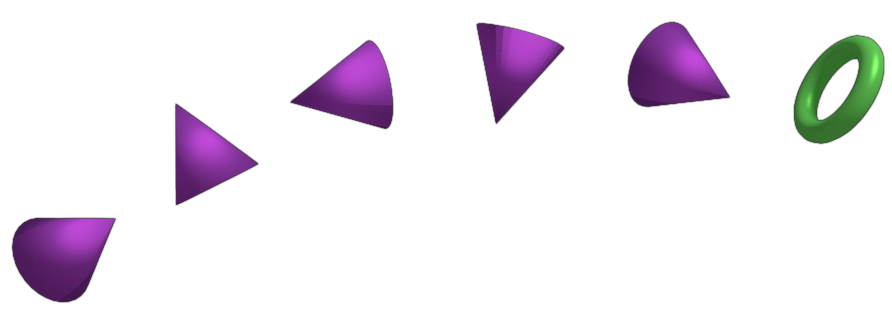Value of Diversity in Physics and Mathematics
Abstracts
Senior Researcher Minna Nikunen: Gendered expectations and demands of the academic work: experiences of Finnish researchers
University of Tampere, School of Social Sciences and Humanities
In my presentation I will tell about the experiences of academics in short fixed-term contracts in Finnish universities, especially focusing on gender and work-family balance. Universities are on one hand considered good work-places for people with children because of the flexibility, on the other, women and men with children feel that they have difficulties in combining work and family. However, when people talk about academic work and family responsibilities on the general level, they focus on mothers. Women - with or without children - are still seen as being on a 'mommy-track' instead of 'career-track'.
Professor Anne Lähteenmäki: Radio eyes watch the skies –radio astronomy as a tool for understanding the universe
Aalto University, Metsähovi Radio Observatory & Dept of Radio Science and Engineering
Most of the radiation in the universe is invisible to the human eye. To see it we must use instruments that are sensitive at wavelengths other than the optical. Radio astronomy is a way of viewing many of the invisible objects, some of them at the furthest edge of the universe. In this talk I examine how radio astronomy has shaped our understanding of the world around us, from the first observations in the 1930s to the the latest research results from Aalto University Metsähovi Radio Observatory and the European Space Agency ESA’s Planck satellite.
Professor Samuli Siltanen: Inverse Problems in Human Speech Research
Helsinki University, Department of Mathematics and Statistics
Human speech is a sophisticated means of communication and plays an unparalleled role in today’s society. Whether developing the latest voice recognition software for a smartphone or designing computers to aid people who have lost their voice through disease and illness, researchers are finding ways to map the precise mechanisms in the human vocal tract. Through a number of practical demonstrations, it is shown how the human vocal folds and the mouth and lips combine to create the vowel sound. Overuse of voice, also known as ‘vocal loading’, which is often experienced by actors, singers and teachers can be very difficult to measure objectively. It will be described how an emerging technique, electrical impedance tomography (EIT), is being tested as a reliable method for measuring when the voice starts to become overused. Furthermore, it is explained how a technique called glottal inverse filtering (GIF) can be used to determine the exact mechanisms behind vowel sounds from microphone recordings.
Research Professor Minna Palmroth: Modelling space weather with supercomputers
Finnish Meteorological Institute
Space weather is a term used to describe the variable conditions that are for example behind the vivid auroral displays. Space weather may also have more severe consequences, as the e.g., the performance of spacecraft, terrestrial power grids and satellite navigation depend on space weather conditions. As the modern society is increasingly dependent on space-based technology, space weather is becoming an important topic in risk mitigation scenarios put forward by many international organisations. Space weather forecasts will be based on modelling the space weather, which like the terrestrial weather predictions, require supercomputers. This presentation outlines in general terms the physics of space weather, and how recent advances in Finnish modelling capabilities lead this research brands internationally.
Back to the main page

